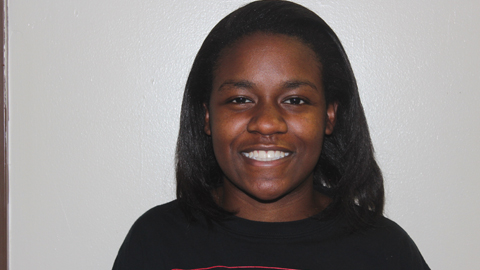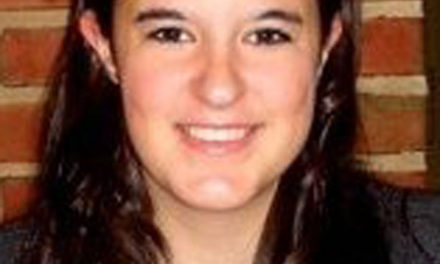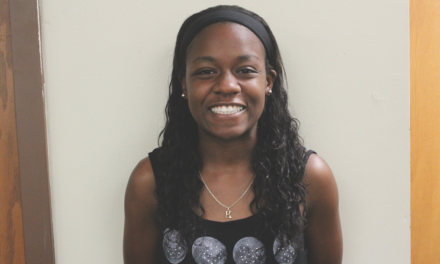By Kristen Griffith, The Whetstone
Evan Le’Mon, president of Black Student Union, sent me a text message Nov. 5 at 9 a.m. asking me to cover an event BSU was having three hours later in the College Center.
BSU wanted to show Wesley they stood with the student protesters at University of Missouri, who were protesting racism at the school.
I was excited to put this story in The Whetstone and share the news. Le’Mon wanted the paper to cover the event to show those who were unable to come to the event what was happening.
Unlike what seems to have happened at the University of Missouri.
Tim Tai, a photographer for the University of Missouri’s school newspaper, had the same goal as me – to cover a big event and show everyone what was going on.
The only difference is that Tai’s peers did not want him there.
A video from New York Magazine showed students and faculty trying to push Tai away for taking pictures of the protesters with his digital camera. Ironically, the students who were practicing their First Amendment to both assemble and protest did not want Tai to practice his.
I never experienced that amount of ignorance, either while reporting or in my life.
The crowd acted like a flock of birds circling a prey, what they thought would roll over and die.
“Ma’am, the First Amendment protects your right to be here, and mine,†Tai said as he tried to explain his rights to a woman in the crowd.
It is common to hear others’ opinions on what I should and should not report on. Some people think our stories are insensitive, or assume we want to stir up trouble.
The responsibility of The Whetstone is to inform the students, faculty and staff about what is happening around them. Regardless of the reason to write a story, we have the right to report on anything newsworthy we want because of freedom of the press. And no one has the right to stop us.
I tried to understand what harm might have come from Tai snapping photos. I thought that was what protesters wanted – to get media coverage and help spread the word.
Why was it such a problem that their fellow student was documenting their protest? Why couldn’t they walk around Tai and allow him to do his job, instead of walking through him like a door?
The job of a journalist seems to be misconstrued. A good journalist is not out to bash or harass people. A good journalist wants to show the world the news and tell a good, factual story. You have a right to ignore our questions and walk away, but we have a right to approach you and ask – especially if you’re in a public place.
The First Amendment protects my right to report, and Tai’s right to snap a photo.
So, if anyone stops at a story in The Whetstone and asks, “Why did they write about that,†my answer will always be, “Because we have a right to.â€





